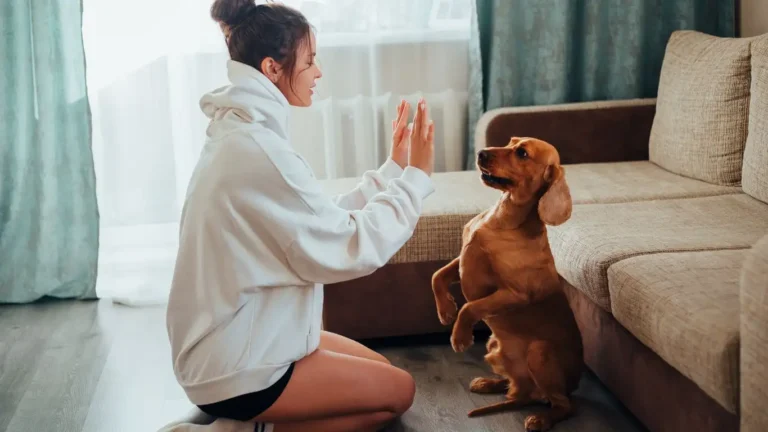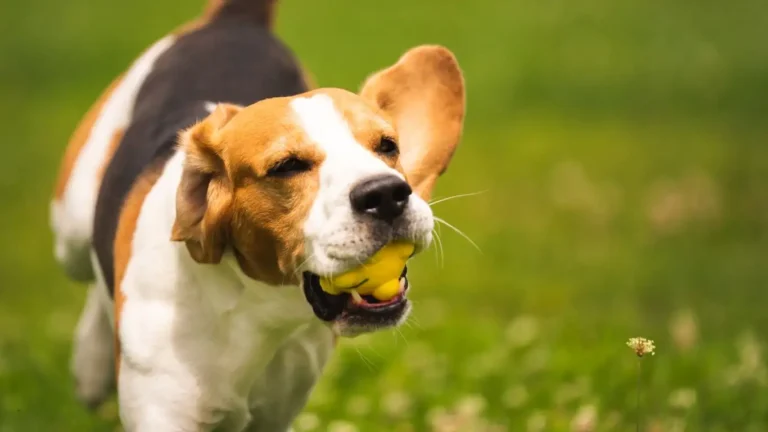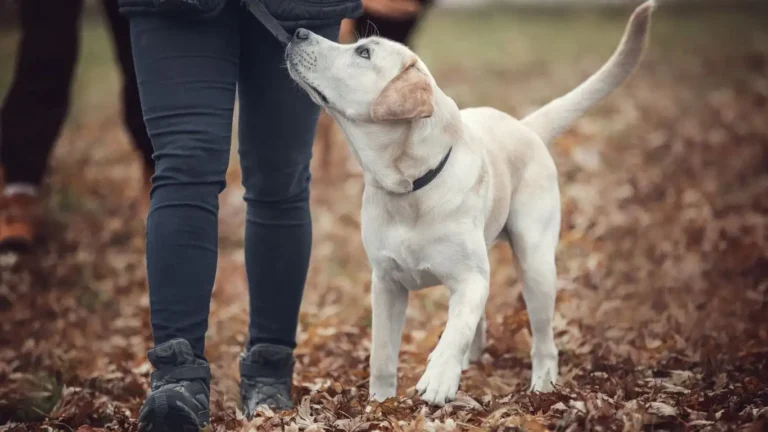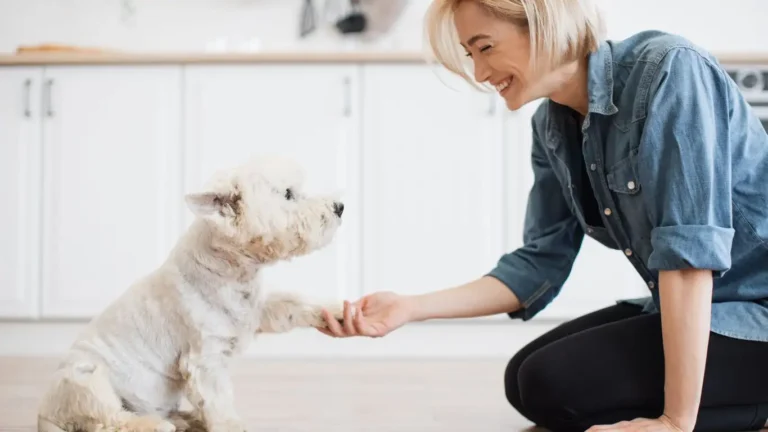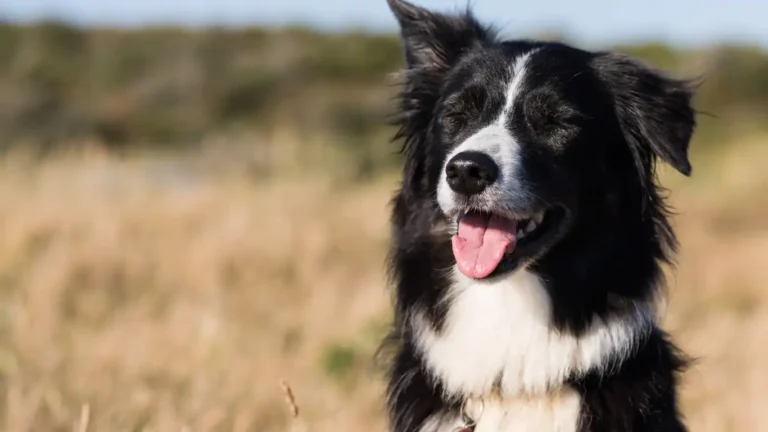Calm Your Dog Fast: How to Train a Dog to Relax After Walks
As a Canine-Assisted Therapy Trainer, I’ve worked with a wide variety of dogs and their unique temperaments. One question that consistently comes up is: “How to train a dog to calm down after walks?” It might sound simple, but it can be quite a challenge for both dogs and their owners. Whether you’re dealing with an overly excited pup or a high-energy breed, helping your dog unwind after a walk is an essential skill for both of you. Let’s dive into how you can train your dog to relax and settle down after those long walks, while also ensuring they remain happy, healthy, and well-adjusted.
Understanding the Post-Walk Excitement
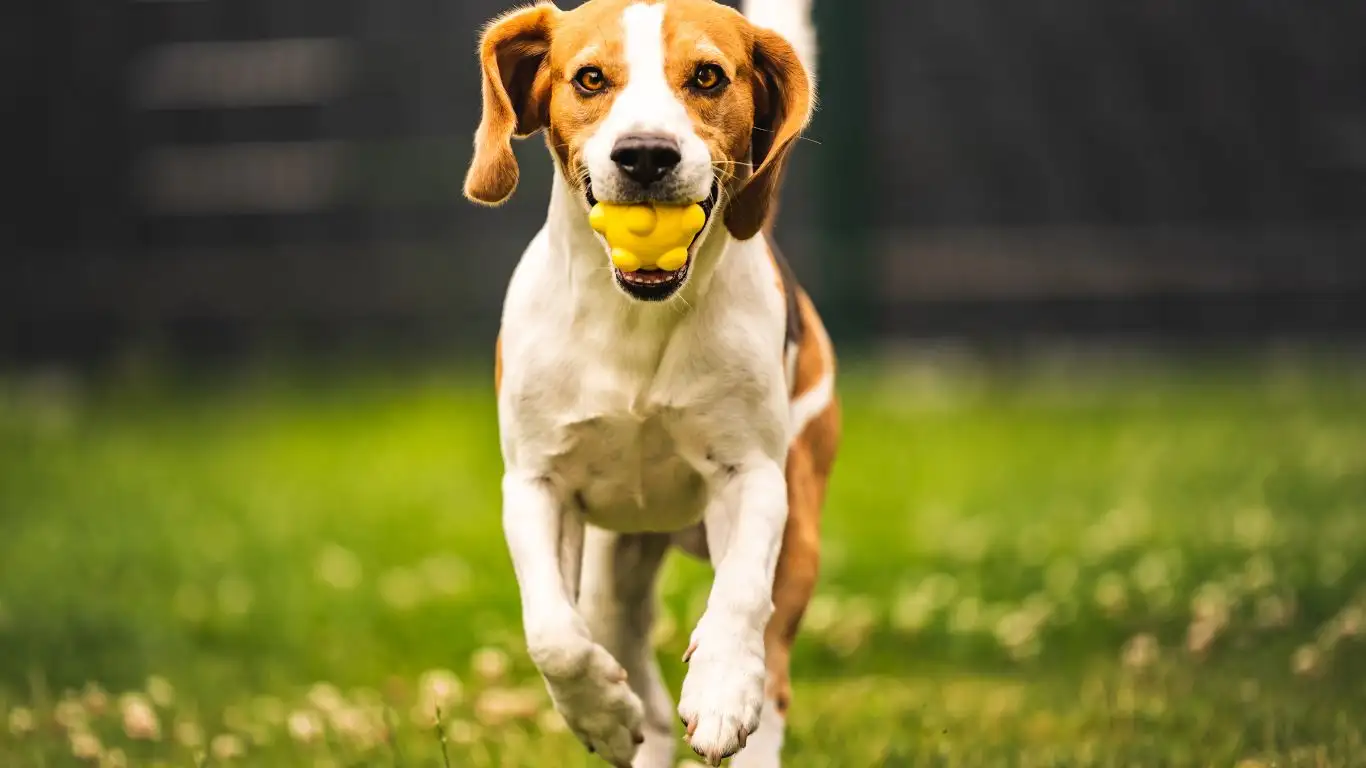
First, it’s important to recognize why your dog might be so wound up after a walk. Dogs are naturally energetic, especially after a stimulating walk full of new scents, sights, and sounds. Their body and mind are on overdrive, and they might struggle to settle down quickly. This post-walk excitement is a natural response to exercise and mental stimulation, but it can be a bit overwhelming when your dog is jumping, barking, or pacing around the house.
Why Do Dogs Get So Excited After a Walk?
There are a few reasons why your dog may seem like they’re still full of energy after a walk:
- Increased Adrenaline: Walking, running, or playing stimulates the release of adrenaline and endorphins, which can make your dog feel supercharged.
- Mental Stimulation: During walks, your dog takes in a lot of new scents and sounds. Their mind is actively processing all the new information, keeping them mentally energized.
- Unfinished Energy Release: Not all walks are equal. Sometimes, a walk may not be long enough or stimulating enough to fully expend your dog’s energy.
Knowing this, it makes sense that after a walk, your dog might be a little amped up. But don’t worry, there are plenty of ways to help them wind down and relax.
Creating a Post-Walk Routine

One of the most effective ways to train your dog to calm down after walks is by establishing a consistent post-walk routine. Dogs thrive on predictability, and having a routine can signal to your dog that it’s time to settle down. A good routine helps your dog mentally prepare for relaxation after all that excitement.
Step 1: Slow Down the Pace Before You Get Home
As your walk winds down, start gradually slowing the pace. This allows your dog to transition from high-energy movement to a more relaxed state. If you’re walking in a park or open area, try to steer towards less stimulating environments as you near the end of your walk. This can help minimize any lingering excitement or distractions.
Step 2: Use Commands to Calm Your Dog
During the walk, you can start to introduce calming commands. For example, teach your dog to sit or stay before you enter your home. If they’ve learned these commands, use them as a way to bring their energy levels down before they get back inside.
Pro Tip: Don’t let your dog rush through the door. This is an easy way for them to remain overstimulated. Instead, teach them to calmly wait at the door before entering, which signals that the walk is over and it’s time to relax.
Step 3: Post-Walk Hydration and Rest
Once you’re back inside, the next step is providing your dog with water and a quiet space to rest. Hydration is important after any physical activity, so offering fresh water immediately can help your dog recover from the walk. Once they’ve had a drink, lead them to a designated rest area, such as their bed or a comfortable mat. Make sure this space is quiet, away from distractions, and cozy enough for them to unwind.
This may seem simple, but the combination of hydration, rest, and a calm environment can help your dog shift from high-energy mode to relaxation mode. Over time, they will begin to associate this routine with post-walk relaxation.
Positive Reinforcement for Calm Behavior
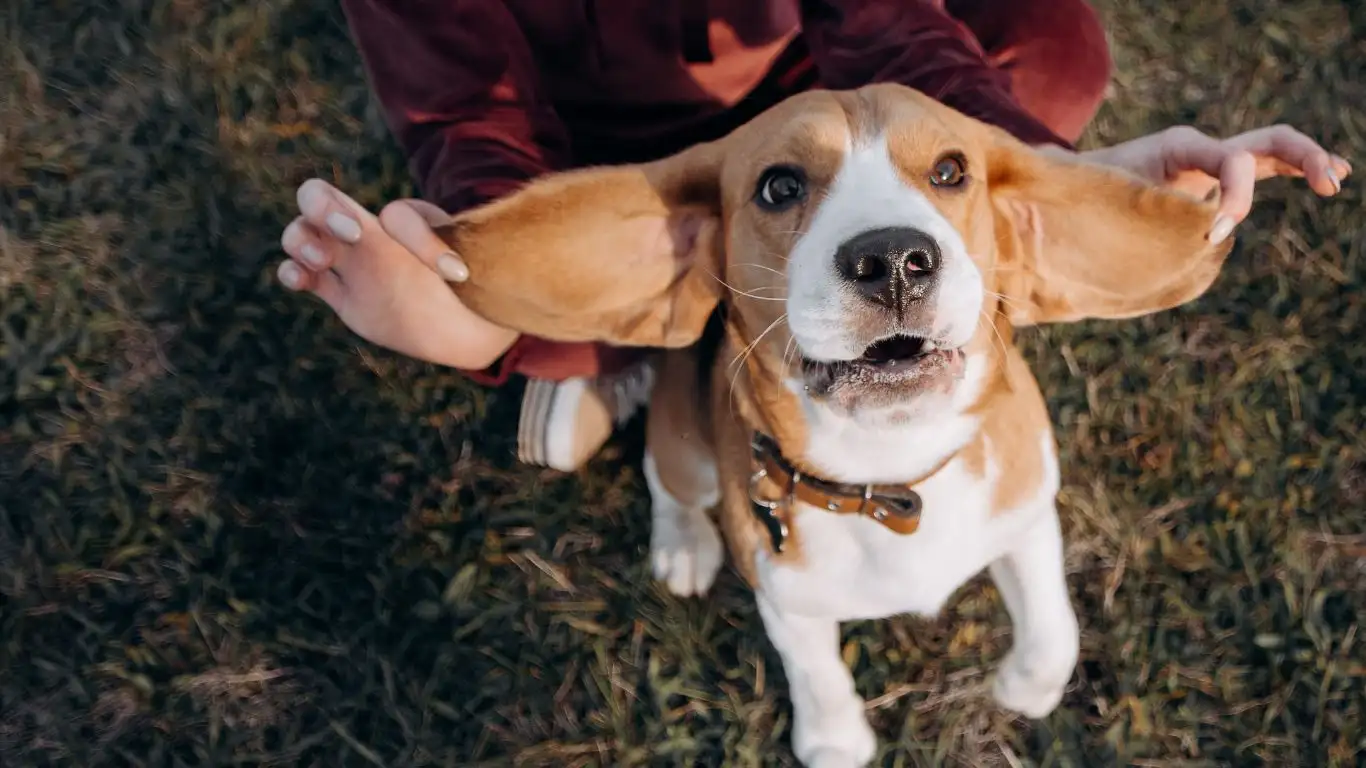
Just like with any behavior, reinforcing calm behavior is crucial. If your dog is still jumpy or hyper after a walk, it’s tempting to give them attention or let them engage in play. But giving in to this excitement can inadvertently reinforce the very behavior you want to avoid. Instead, focus on rewarding calmness.
How to Reward Calm Behavior
When your dog finally settles down, be sure to reward them with praise, gentle petting, or even a small treat. This positive reinforcement will let them know that relaxing after walks is exactly what you want. The key is consistency. Over time, your dog will begin to realize that staying calm results in the most enjoyable rewards—whether that’s your attention or a tasty treat.
Tip: Be patient. It might take a while for your dog to fully understand the routine, especially if they’re very excitable by nature. But with consistent training and reinforcement, they’ll eventually get the hang of it!
Incorporating Mental Enrichment Post-Walk
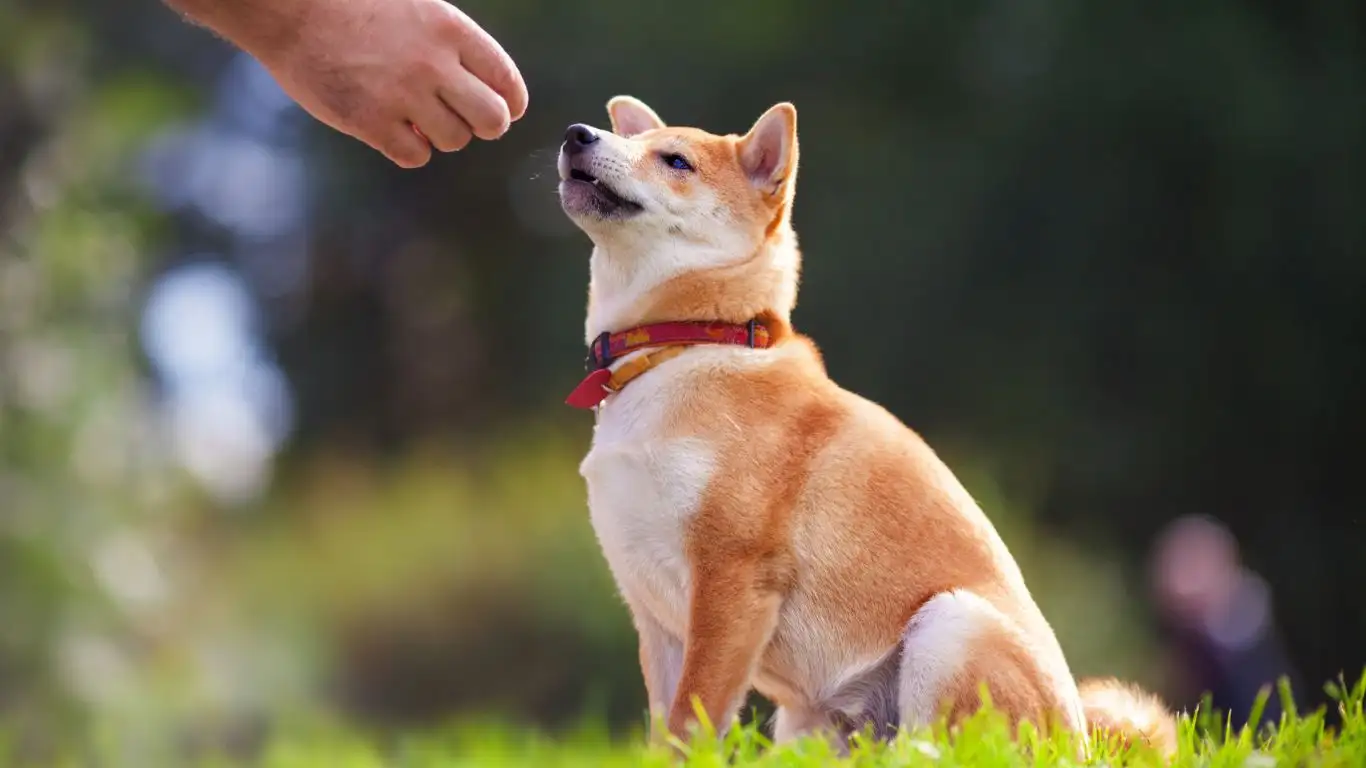
Now that we’ve laid a foundation with a calming routine and basic reinforcement, let’s take it a step further. One thing I’ve learned working with therapy dogs is that physical exercise isn’t always enough—mental stimulation is just as important, especially after walks. Some dogs are wired to think, solve problems, and interact with their environment on a deeper level. When that side of them isn’t engaged, they may remain restless even after a physically tiring walk.
After walks, I like to offer short bursts of calm mental activities. These help redirect leftover energy without getting them hyped up again. Think of it like a post-yoga meditation for dogs. Here’s a few simple, effective options:
- Snuffle mats: These are my go-to for slowing down the brain. Scatter a few kibble pieces or treats inside and let your dog sniff them out. It’s a quiet, grounding activity.
- Low-effort puzzle toys: Look for ones that don’t require a lot of bouncing or pawing—just a bit of nose work and patience.
- Frozen KONGs: Fill one with a mix of kibble, banana, or a smear of peanut butter and freeze it. It occupies their mouth and brain while promoting calm chewing behavior.
These aren’t just distractions—they’re deliberate strategies I use with reactive or high-strung dogs to lower arousal levels. And when used consistently after walks, they reinforce the idea that calmness leads to more good stuff.
Creating the Right Environment for Relaxation

If you’re still wondering how to train a dog to calm down after walks, let me share something that often goes unnoticed—the environment. Your home environment can either support your dog’s relaxation or work against it. Some dogs can’t calm down because everything around them is overstimulating: the TV’s on, kids are playing, another dog is barking out the window… you get the picture.
Set the Mood: Think Spa Vibes, Not Playtime
After a walk, dim the lights a bit. Keep the energy level low. Avoid turning on the TV too loud or initiating playtime right away. Instead, guide your dog to their resting spot. Some owners I’ve worked with even use calming music or white noise to help muffle outside distractions (yes, it works!).
Use a designated calming space. Whether it’s a dog bed in a quiet corner or a crate draped with a light cover, this space should be their go-to chill zone. Make sure it’s not next to windows with lots of foot traffic or areas where family activity is high. I always remind clients: think “zen den.”
Essential Oils and Aromatherapy—Do They Help?
This one’s more anecdotal, but I’ve had quite a few successes using dog-safe calming sprays and diffusers. Lavender and chamomile (in proper, pet-safe formulas) can genuinely make a difference for some dogs. I always recommend checking with your vet first, especially for sensitive breeds or dogs with respiratory issues.
How to Train a Dog to Calm Down After Walks: Building It Into Their Daily Life
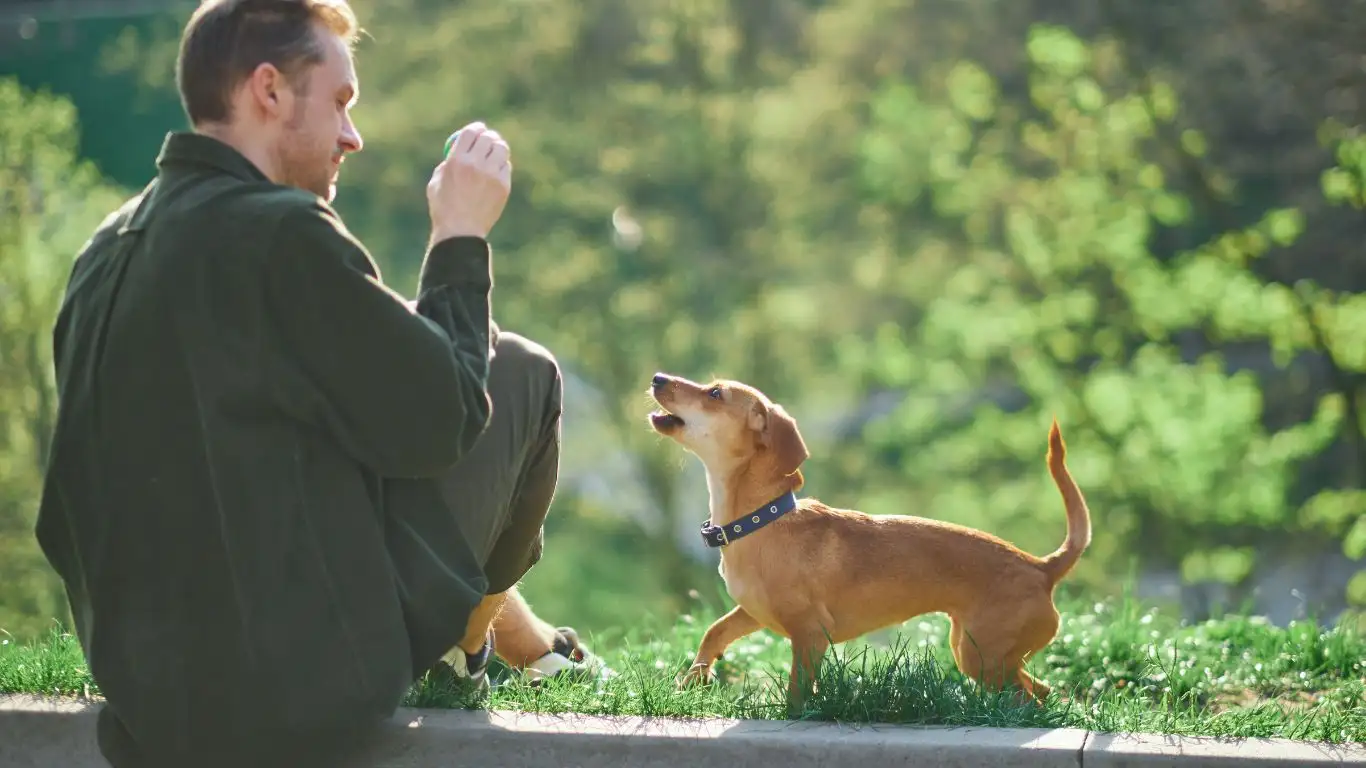
Helping your dog calm down after walks isn’t just about managing that one moment. It’s really about integrating calmness as a part of their lifestyle. When I work with therapy dogs, we treat calm behavior not just as a command, but as a culture.
Teach Calm as a Behavior, Not Just a Reaction
This means rewarding your dog before they get wound up. If you notice your dog is starting to pace or get jumpy after a walk, intercept the energy early. Cue a down-stay or send them to their mat. Don’t wait until they’re bouncing off the walls. Timing is everything.
Here’s a little technique I love: I call it “Catch the Calm.” Randomly reward your dog throughout the day whenever they’re resting, lying quietly, or just being chill. The more you reinforce those calm moments, the more they’ll choose that behavior on their own—even after walks.
Practice Decompression Time Daily
Decompression time is exactly what it sounds like: a dedicated moment where your dog can relax after an exciting activity. I encourage my clients to block off 10-15 minutes after walks for quiet bonding—gentle petting, soft music, or simply sitting together. It helps lower cortisol levels, builds trust, and strengthens your bond.
If your dog struggles with impulse control, this decompression window can be a game-changer. With consistent practice, they’ll start expecting and even craving this chill time after their walks.
When Excitement Persists: Digging Deeper

Every dog is different. Sometimes, despite all your best efforts, the post-walk crazies still show up. That’s when I encourage owners to take a step back and look at the bigger picture.
- Is your dog getting enough physical and mental stimulation overall? If they’re under-exercised, they may be bouncing off the walls no matter how relaxing the walk was.
- Is your dog overstimulated during walks? Dogs that are reactive, anxious, or constantly pulling may come home more stressed than when they left. A calmer, structured walk might help.
- Could there be a behavioral or health issue? Hyperactivity, anxiety, or even nutritional imbalances can affect your dog’s ability to calm down. A vet or behaviorist may need to take a closer look.
In my experience, the key is to approach the issue with patience, structure, and curiosity. Every small step helps. And remember—training your dog to settle after walks isn’t about eliminating their energy; it’s about teaching them how to manage it, just like we do when we come home after a busy day.
Consistency Is Everything
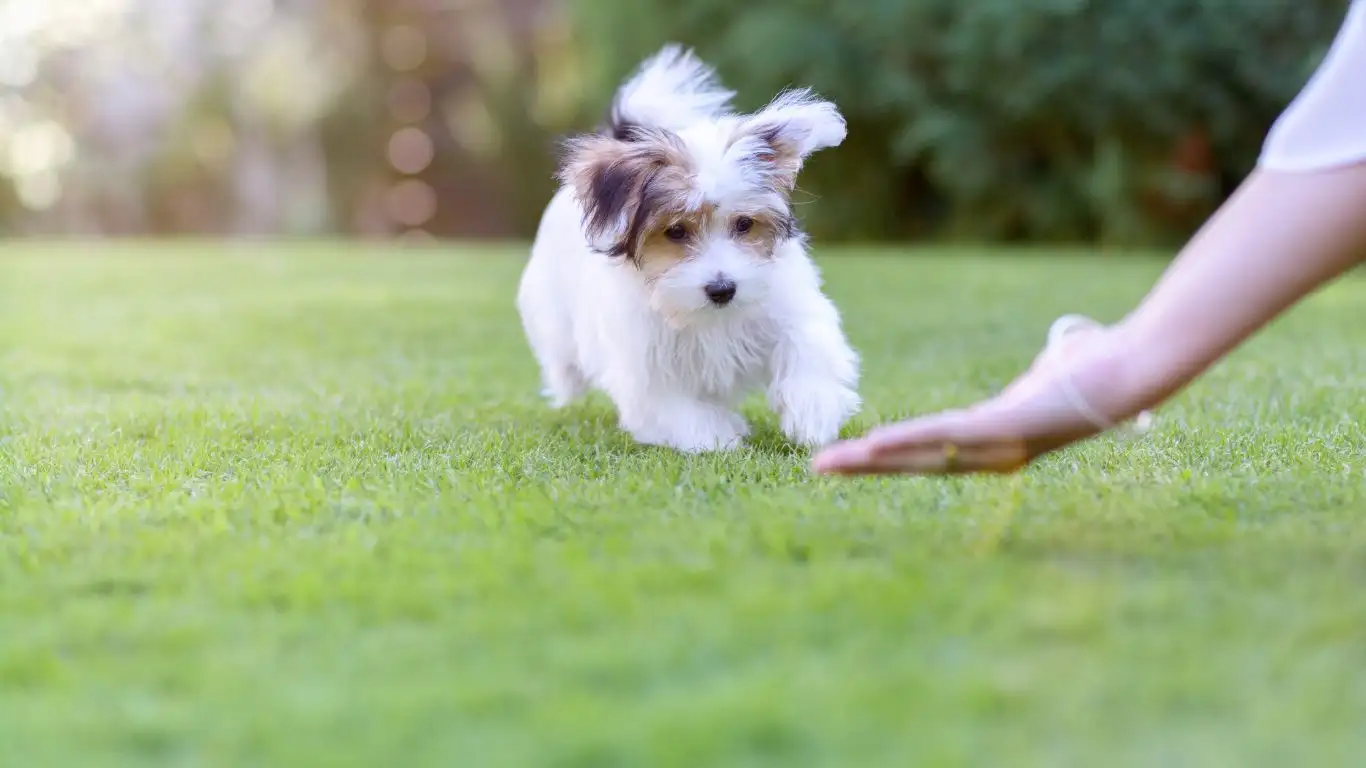
By now, you’ve probably realized that learning how to train a dog to calm down after walks isn’t about a one-time fix—it’s a lifestyle shift. If there’s one golden rule I’ve picked up as a Canine-Assisted Therapy Trainer, it’s this: consistency beats intensity every time. You don’t need to do anything extreme or overly complicated. You just need to stick with it. Day in, day out.
It’s kind of like training a muscle—calmness is something you build over time. Dogs learn best through repetition and routine. So, the more you reinforce the post-walk calm with your chosen methods—structured cool-downs, decompression activities, quiet zones, and reinforcement—the faster your dog will “get it.” And once they do, it becomes second nature. You might even start to notice them initiating their own wind-down behaviors, like heading to their bed after a walk or lying down without being told. That’s when you know it’s really working.
Tips to Maintain Long-Term Success
- Keep expectations realistic: Some days will be better than others. Puppies, rescues, or high-energy breeds may take longer to adjust.
- Stick to routines, even on weekends: Skipping steps can confuse your dog and slow progress.
- Reinforce calm in other areas of life: The calmer your dog’s baseline behavior, the easier it’ll be to wind them down post-walk.
- Check in with yourself: Dogs pick up on our energy. If you’re rushing, anxious, or agitated after walks, they’ll likely mirror that. Deep breath. Slow your pace. Be the calm you want to see in them.
Real-Life Case Study: Cooper the Overzealous Doodle

I can’t tell you how many times I’ve worked with dogs like Cooper—a 3-year-old Goldendoodle who just couldn’t settle down after walks. His owners were pulling their hair out. Walks were great, but the moment he got back indoors, he’d tear through the house like a furry tornado. No amount of “sit” or “stay” could calm him. They were convinced he had too much energy, but after assessing him, I realized it was more about transitioning energy, not the total amount.
We implemented a few small changes. First, we slowed the last 10 minutes of the walk—literally just walked in a slow circle on a quiet street to bring him down a notch. Then, we established a post-walk ritual: he’d wait at the door, go straight to his calming mat, and get a frozen treat toy while soft music played in the background. His owners were consistent, even when it seemed like nothing was happening. Within three weeks, they had a different dog. Calm. Centered. Chill.
It just goes to show—even the bounciest pups can learn how to regulate their energy when we teach them how.
When to Get Professional Help

Sometimes, despite your best efforts, you hit a wall. And that’s okay. I always tell dog parents that reaching out for help isn’t a failure—it’s just smart. If your dog is showing signs of persistent hyperactivity, anxiety, or even aggression after walks, it may be time to bring in a professional.
What to Look For:
- Excessive pacing, whining, or destructive behavior post-walk
- Inability to settle down after 30 minutes or more
- Reactivity during walks that bleeds into home behavior
- Compulsive behaviors like tail chasing, spinning, or excessive licking
In these cases, a Certified Dog Behavior Consultant or Veterinary Behaviorist can help pinpoint the underlying issues. They’ll often collaborate with your vet to rule out medical concerns and create a tailored behavior plan. And trust me, it makes all the difference.
For more information, check out reputable sources like PetMD, AKC, or even NIH if your dog’s behavior may be tied to broader health issues.
Key Takeaways for Helping Your Dog Chill Post-Walk
Let’s wrap up with some quick, practical reminders that summarize everything we’ve covered so far:
- Wind down before you get home: Use the last minutes of the walk to slow your pace and shift your dog’s focus from excitement to calm.
- Stick to a routine: Structure and consistency help your dog predict what’s coming next—and that predictability builds confidence and calmness.
- Reward calm, not crazy: Catch the calm moments and reward them generously.
- Design a peaceful environment: Ditch the overstimulation. Give your dog a quiet, cozy place to relax post-walk.
- Engage their brain, gently: Offer low-energy enrichment activities that let your dog wind down without revving up again.
- Ask for help if needed: There’s no shame in bringing in a pro when things feel overwhelming.
Every dog is different, but one thing stays the same: when we guide our dogs with patience, empathy, and a little strategy, they learn how to meet us in that calm space. And trust me—it’s worth every ounce of effort.
Disclaimer
This content is intended for informational purposes only and should not be considered a substitute for professional veterinary or behavioral advice. Always consult with your veterinarian or a certified dog behaviorist before implementing new training techniques or if your dog exhibits signs of stress, anxiety, or health concerns.
